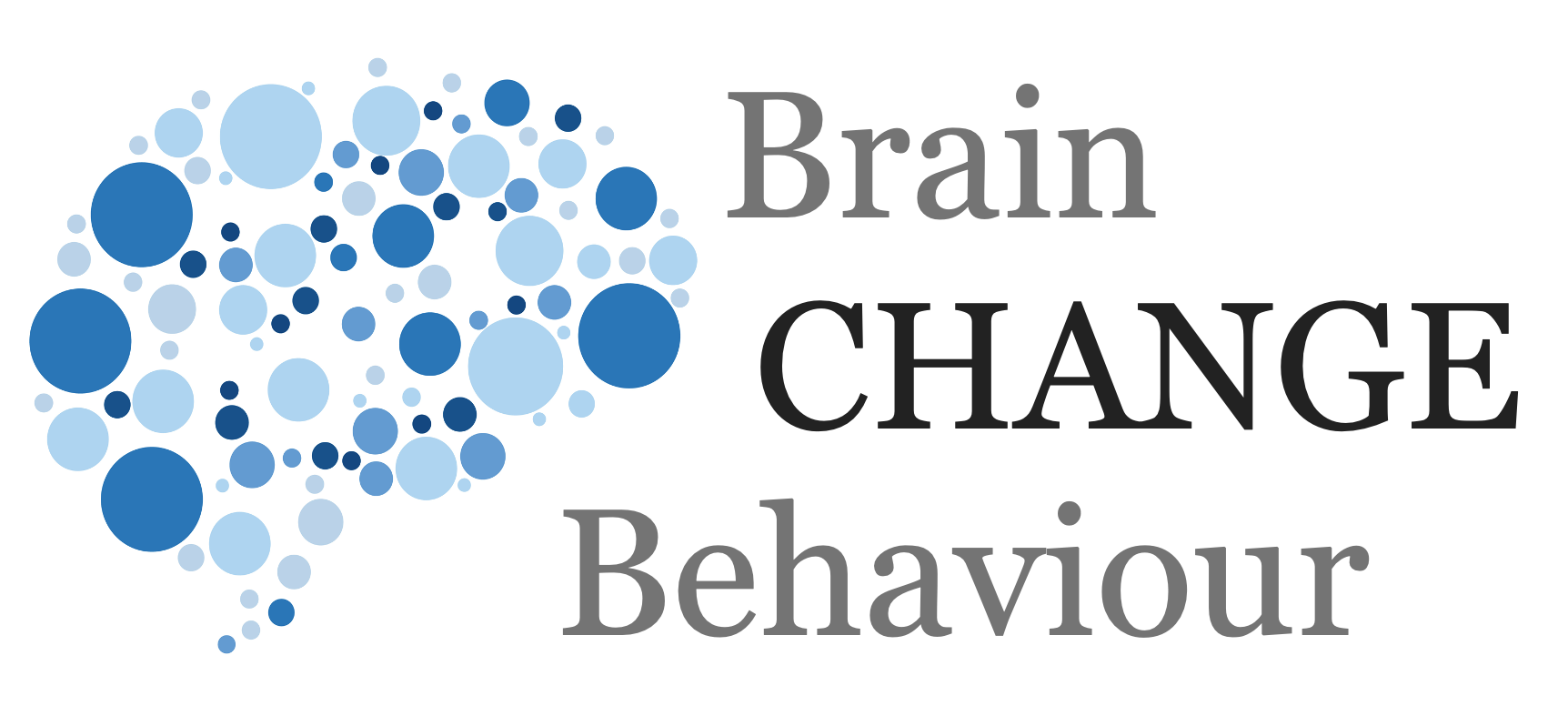
There are a number of problems with the supply side – being able to supply the resources and competencies to drive change. The first and one of the most obvious ones is the financial side. How do finances change as ideas or concepts scale, or behavioural change programmes are implemented across organisations?
Often simple calculations are made that include upfront costs – but maintenance costs are often ignored. And change programme will require maintenance costs. Similarly, additional costs may not be considered. This therefore impacts and causes a voltage drop if the change programme is not financeable long-term.
Another problem with scaling is that of skills and competencies. Consider Michelin-starred restaurants. These are not restaurant chains, they are run by talented individual proprietors. They are not, and cannot be, chains of restaurants because the skills of the proprietor do not scale – they are very individualised. In contrast many successful social media companies are successful because they tap into human nature but are very scalable – posting pictures on Instagram is very scalable, anyone can do it (and does), as is reading or tweeting opinions on twitter.
This means we should be careful of trying to scale certain traits that are very individualised – or rather the larger we try to scale the simpler, easier, or clearer something should be. Companies often want to scale skills such as innovation or sales skills – but often these are individualised skills. Careful thought needs to be therefore given to what is scalable and how.
Simple Takeaways
-
- The larger the scale the simpler it must be
- Consider what is scalable
- Are the skills/behaviours unscalable or unchangeable?
© leading brains 2022
Reference
More Articles
Don’t Try to Change Minds – Change Behaviour
Don’t try to change minds but simply change behaviour is the result a group of researchers have come to with regard to vaccinations.
Introduction to SCOAP
SCOAP is a complete model of human motivation, behaviour, and wellbeing, summarising over a century of research into the human brain, human psychology, and human behaviour in all contexts.
SCOAP Needs
These are basic human needs which means fulfilling them is essential for human wellbeing and therefore also that having them unfulfilled or violated lowers human wellbeing. These also direct human motivation and subsequently human behaviours.
SCOAP Motivation
Much has been written about motivation and there are many (false) assumptions to motivation also. So let’s start with a simple definition of motivation.
SCOAP Behaviour
Behaviour is about doing things, actions. That is obvious, but there are many grey zones to behaviour. For example do we class breathing as behaviour, or heartbeat, or sweating?
SCOAP Change
As you will have seen with SCOAP, this gives a comprehensive model of human needs, motivation, and behaviour. We can therefore use this to guide behavioural change interventions.
The Undermining Effect
Rewards sound like a good way to instigate behaviour you want. In our world we often think of financial rewards. Good idea, right?
Well, no, rewards can actually lower motivation.
Making Change Stick
The sustainability question, or problem, is ultimately the biggest and most important question or issue.
The Value-Action Gap
The value-action gap has multiple other names: attitude-behavior gap, intention-behavior gap, KAP-gap (knowledge-attitudes-practice gap) or belief-behavior gap.
It refers to the gap between what people often say they value and their subsequent actions or willingness to meaningfully contribute to this value.
Uncertainty Changes Behaviour (But Boiling Frogs Doesn’t)
Why do people make random and unpredictable decisions when uncertainty arises (such as buying toilet paper at the start of a pandemic)?










